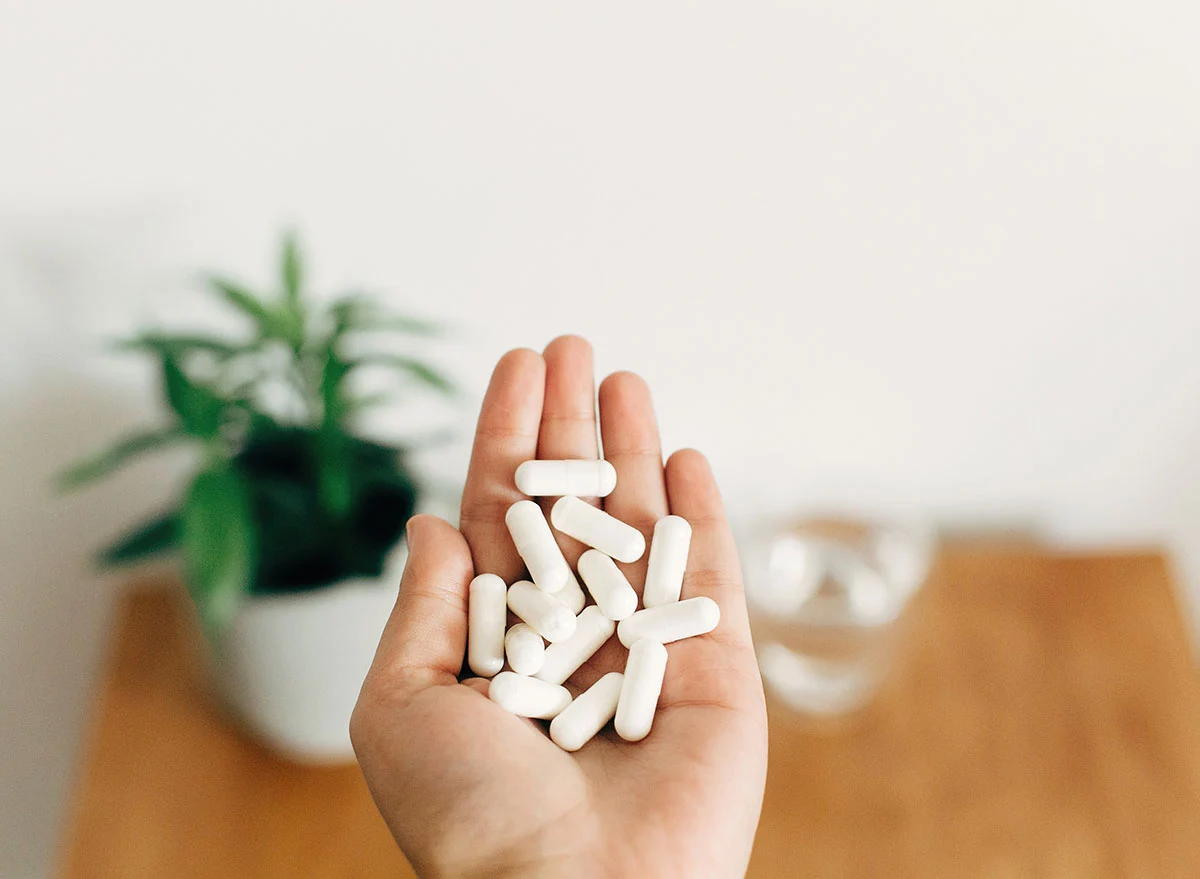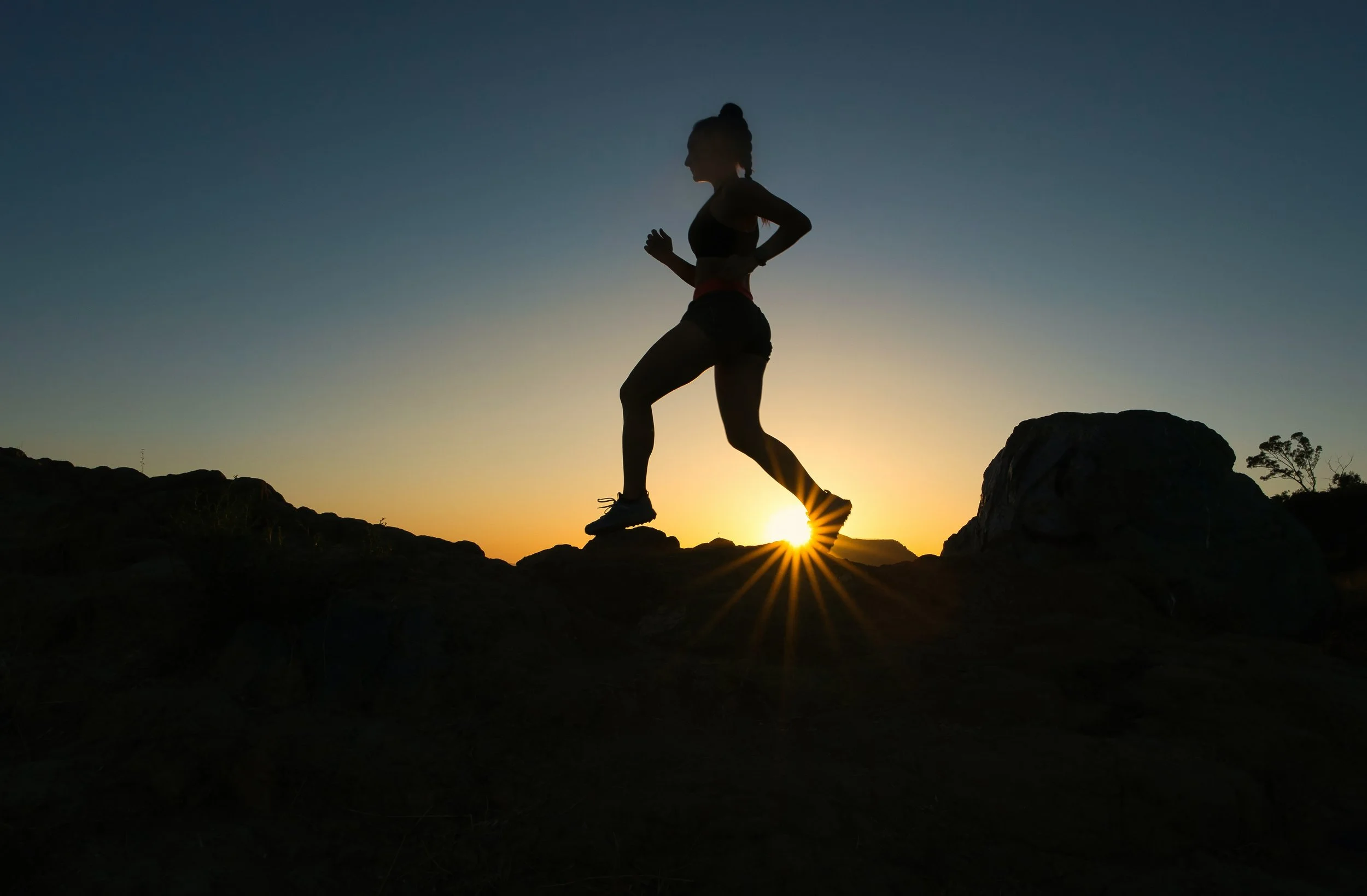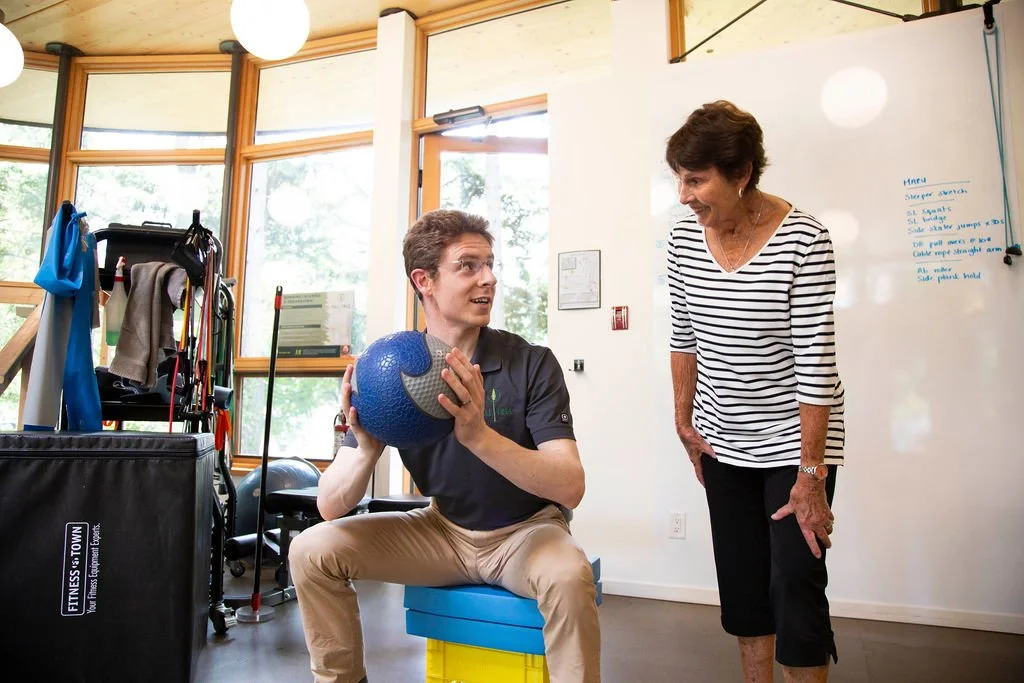How to Prevent Back Pain from Cycling
Five tips to stay pain free on your bike
Cycling is a great way to exercise, whether it’s part of your commute to work or training routine. As you take in the views, this form of cardio helps strengthen your heart, lungs and improves circulation.
As the sport continues to grow in popularity though, clinics like ours at Tall Tree Health tend to see a lot of cyclists complaining of lower back tightness and pain, regardless of age, gender, or years of experience.
While back pain is a common complaint in cycling, it really doesn’t have to be. There are all kinds of preventative steps you can take, starting with these five below.
Strengthen your core
So much back pain in general – not just from cycling – comes from weakness in the core. Remember that the core isn’t just that wannabe six pack on your abdomen – it’s actually a band of interconnected muscles that comprises the entire centre of the body.
When you strengthen your core, you effectively strengthen the part of you responsible for holding the upper body erect. Being hunched over in the bike saddle for hours tends to create a lot less strain when you keep these muscles in shape.
There are tons of free resources out there for building your core muscles, but this one from Active.com is designed for cyclists, and is pretty effective. Start by integrating these exercises into your routine two to three times a week, and then slowly increase as you feel yourself getting stronger. You’ll notice a world of difference, especially at the end of a five-hour ride.
“While back pain is a common complaint in cycling, it really doesn’t have to be. There are all kinds of preventative steps you can take.”
2. Build flexibility in your hips and hamstrings
Strong muscles in the mid-back will go a long way towards reducing back pain from bike riding, but flexibility here is equally important.
Being in the saddle for hours on end tends to shorten the hip flexors (the muscles in the front of the hips). When these muscles are tight, they tilt the pelvis forward and compress the lower back, potentially causing pain.
Cycling also shortens the hamstrings, which run along the backs of your thighs. When the hamstrings tighten, they pull on the pelvis, creating another contributor to low back pain.
Increasing the flexibility of these two muscle groups alone can be enough to correct the strain and pain of riding. To start, keep it simple by integrating these easy stretches from Live Strong into the end of your workout, two to three times a week. Ideally, work up to stretching after every ride you take.
3. Have your bike properly fitted to your body
No amount of building your core or increasing your flexibility can counteract the effects of riding an ill-fitting bike. If a bike is too big for you, you’ll constantly be straining; if it’s too small, there’s a tendency to hunch and over-work your muscles.
When purchasing a new bike, take the time to have it fitted to you. If you already have a bike you suspect may be the culprit of your back pain, take it into a reputable cycling shop and ask for a size assessment. You may just require a simple adjustment, which could save you a world of pain.
4. Take time to rest your muscles
When we work hard at any type of exercise, the muscles we’re using start to break down, and microscopic tearing occurs. This is actually how our muscles grow in strength and size, and is not necessarily a bad thing.
However, if we don’t give our body time to recover from these tiny tears, they can grow larger, fatiguing the muscle and causing injury and pain.
Whether you’re in heavy training or just cycling to stay fit, be sure to take at least one day off a week, and wait at least 12 hours between rides. Your muscles will thank you.
5. Ask a healthcare professional for help
A lot of the back pain cyclists experience comes from movement or mobility issues. At Tall Tree Health can help with that.
If you’ve tried to build your core strength and improve flexibility, had your bike fitted, been careful about taking recovery time - and you’re still experiencing pain and discomfort - chances are something is amiss. Seeing a professional, be it a physiotherapist, a chiropractor, an RMT, or an acupuncturist, can help you determine and treat the root cause of your discomfort.
Personalized care and support can help you get back in the saddle safely with the goal of recovering from your back pain. At Tall Tree Health, our physiotherapists can also design a tailored exercise program for you to decrease the likelihood of your back pain returning.




































